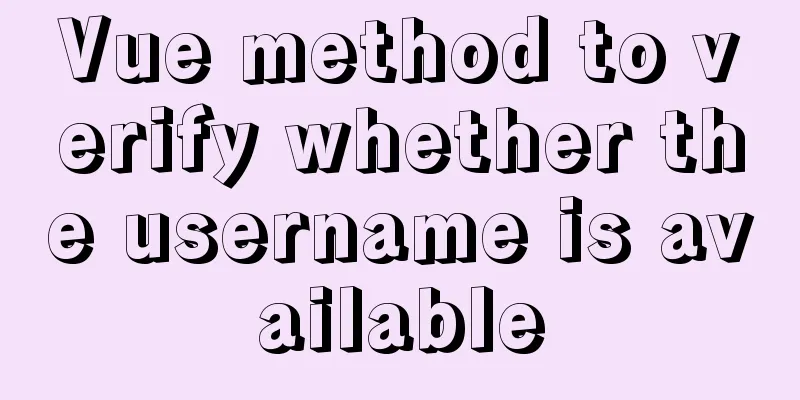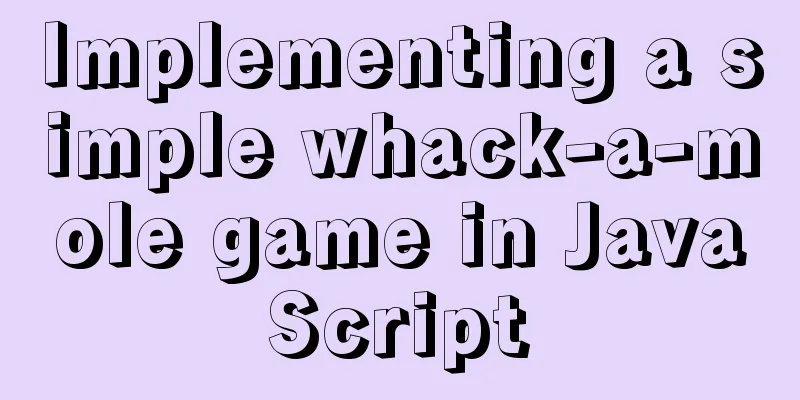How to use http and WebSocket in CocosCreator

|
CocosCreator version 2.3.4 1. HttpGETGet method, the client requests the local address port 3000 and carries the parameters url and name. After receiving it, the server returns the name parameter. Cocos client:
//Access address let url = "http://127.0.0.1:3000/?url=123&name=321";
//Create a new Http
let xhr = new XMLHttpRequest();
//Receive data xhr.onreadystatechange = function () {
if (xhr.readyState == 4 && (xhr.status >= 200 && xhr.status < 400)) {
var response = xhr.responseText;
console.log(response);
}
};
//Error handling xhr.onerror = function(evt){
console.log(evt);
}
//Initialize a request, GET method, true asynchronous request xhr.open("GET", url, true);
//Send request xhr.send();To facilitate testing, a simple server is built on the local machine using nodejs. After receiving the access, the name value in the request parameter is returned. Nodejs server:
var app = require('express')();
var http = require('http').Server(app);
app.get('/', function(req, res){
//Set the domain name allowed to cross domain, * represents allowing any domain name to cross domain res.header("Access-Control-Allow-Origin","*");
//Allowed header types res.header("Access-Control-Allow-Headers","content-type");
//Cross-domain allowed request methodres.header("Access-Control-Allow-Methods","DELETE,PUT,POST,GET,OPTIONS");
res.send(req.query.name);
});
http.listen(3000, function(){
console.log('listening on *:3000');
});Run the nodejs server and run the cocos code. console.log(response); //output is 321 2. HTTP POSTThe client requests the server with the parameter name, and the server returns the name after receiving it. Cocos client:
let url = "http://127.0.0.1:3000/";
let xhr = new XMLHttpRequest();
xhr.onreadystatechange = function () {
if (xhr.readyState == 4 && (xhr.status >= 200 && xhr.status < 400)) {
var response = xhr.responseText;
console.log(response);
}
};
xhr.onerror = function(evt){
console.log(evt);
}
xhr.open("POST", url, true);
xhr.setRequestHeader("Content-Type", "application/x-www-form-urlencoded");
xhr.send("name=123");Nodejs server:
var app = require('express')();
var http = require('http').Server(app);
var querystring = require('querystring');
app.post('/', function(req, res){
//Set the domain name allowed to cross domain, * represents allowing any domain name to cross domain res.header("Access-Control-Allow-Origin","*");
//Allowed header types res.header("Access-Control-Allow-Headers","content-type");
//Cross-domain allowed request methodres.header("Access-Control-Allow-Methods","DELETE,PUT,POST,GET,OPTIONS");
var body = "";
req.on('data', function (chunk) {
body += chunk; //Be sure to use +=, if body=chunk, because favicon.ico is requested, body will be equal to {}
console.log("chunk:",chunk);
});
req.on('end', function () {
body = querystring.parse(body);
console.log("body:",body);
res.send(body.name);
});
});
http.listen(3000, function(){
console.log('listening on *:3000');
});Cocos output console.log(response); //output 123 WebSocketCocos client code: Connect to the local server 127.0.0.1:8001, send a string after the connection is successful, and print the received string
let ws = new WebSocket("ws://127.0.0.1:8001");
ws.onopen = function (event) {
console.log("Send Text WS was opened.");
};
ws.onmessage = function (event) {
console.log("response text msg: " + event.data);
};
ws.onerror = function (event) {
console.log("Send Text fired an error");
};
ws.onclose = function (event) {
console.log("WebSocket instance closed.");
};
setTimeout(function () {
if (ws.readyState === WebSocket.OPEN) {
console.log("WebSocket start sending message.");
ws.send("Hello WebSocket, I'm a text message.");
}
else {
console.log("WebSocket instance wasn't ready...");
}
}, 3000);Nodejs server: After successfully receiving the string, print the received data and return a string.
var ws = require("nodejs-websocket");
console.log("Start creating websocket");
var server = ws.createServer(function(conn){
console.log("Connection successful");
conn.on("text", function (obj) {
console.log("Receive:",obj);
conn.send("message come from server");
})
conn.on("close", function (code, reason) {
console.log("Close connection")
});
conn.on("error", function (code, reason) {
console.log("Abnormal closure")
});
}).listen(8001)
console.log("Start creating websocket");Test results, client browser output:
Output on the nodejs side:
4. Transplant Egret's http and websocket to cocosBecause cocos does not have encapsulation tool classes, it is quite convenient to directly transplant http and websocket from Egret to cocos for use.
The above is the detailed content of Http and WebSocket of Cocos Creator. For more information about Cocos Creator, please pay attention to other related articles on 123WORDPRESS.COM! You may also be interested in:
|
<<: Detailed explanation of MySQL precompilation function
>>: How to view Docker container application logs
Recommend
CSS realizes the mask effect when the mouse moves to the image
1. Put the mask layer HTML code and the picture i...
CSS3 implements footer fixed at the bottom (always at the bottom no matter how high the page is)
Preface Fix the footer area at the bottom. No mat...
Java+Tomcat environment deployment and installation process diagram
Next, I will install Java+Tomcat on Centos7. Ther...
The difference between hash mode and history mode in vue-router
vue-router has two modes hash mode History mode 1...
The effect of CSS dynamic gradient border rotating around the content area (example code)
Rendering After looking up relevant information o...
Configuring MySQL and Squel Pro on Mac
In response to the popularity of nodejs, we have ...
Detailed explanation of count without filter conditions in MySQL
count(*) accomplish 1. MyISAM: Stores the total n...
Introduction to JavaScript Number and Math Objects
Table of contents 1. Number in JavaScript 2. Math...
Summary of MySQL lock knowledge points
The concept of lock ①. Lock, in real life, is a t...
Use Meta to cancel the traffic cache to refresh the page every time you visit it for easy debugging
Copy code The code is as follows: <!-- Prevent...
Detailed explanation of how Angular handles unexpected exception errors
Written in front No matter how well the code is w...
A brief analysis of controlled and uncontrolled components in React
Table of contents Uncontrolled components Control...
Upgrade MySQL 5.1 to 5.5.36 in CentOS
This article records the process of upgrading MyS...
Several ways to solve the problem of floating causing the height of the parent element to collapse in CSS
1. Document flow and floating 1. What is document...
HTML Several Special Dividing Line Effects
1. Basic lines 2. Special effects (the effects ar...












